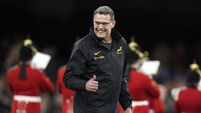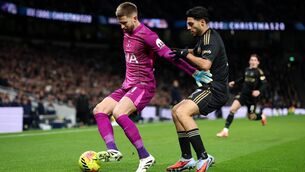Post-Moneyball business models go head-to-head

Liverpool’s meeting with Roma is a landmark occasion for both clubs, symbolising their revival both at home and abroad after knocking out two of the favourites.
Less obviously, but maybe more significant for football as a whole, this semi-final is also a landmark for a style of management and a football business model.












